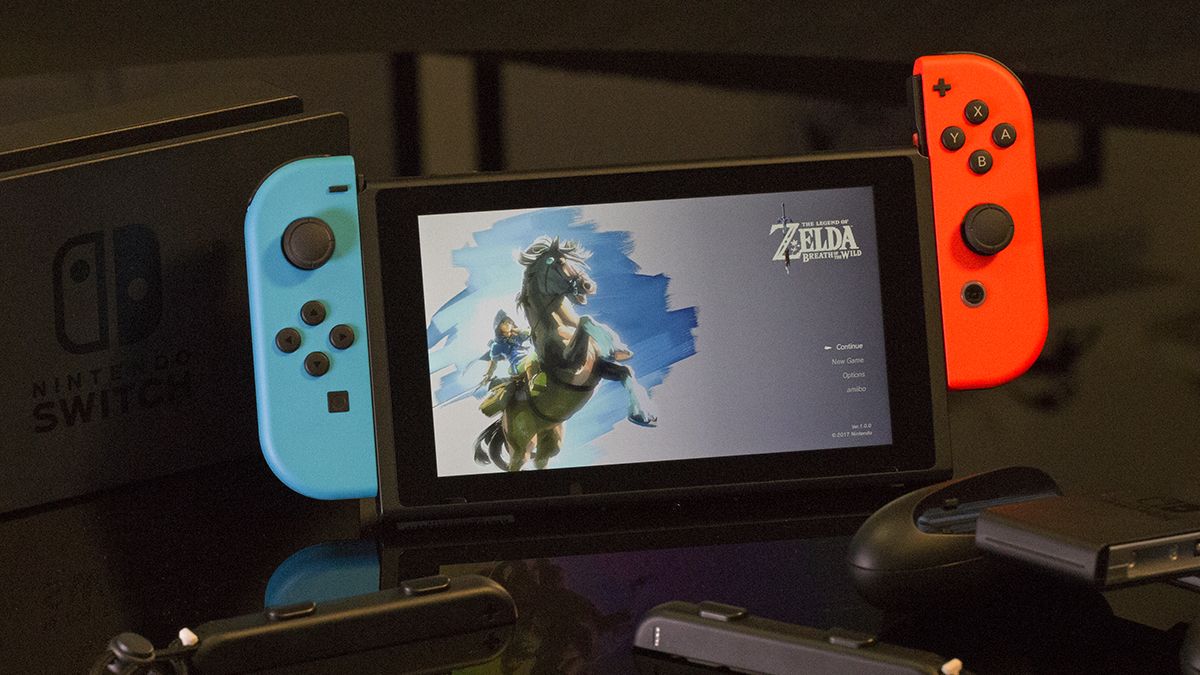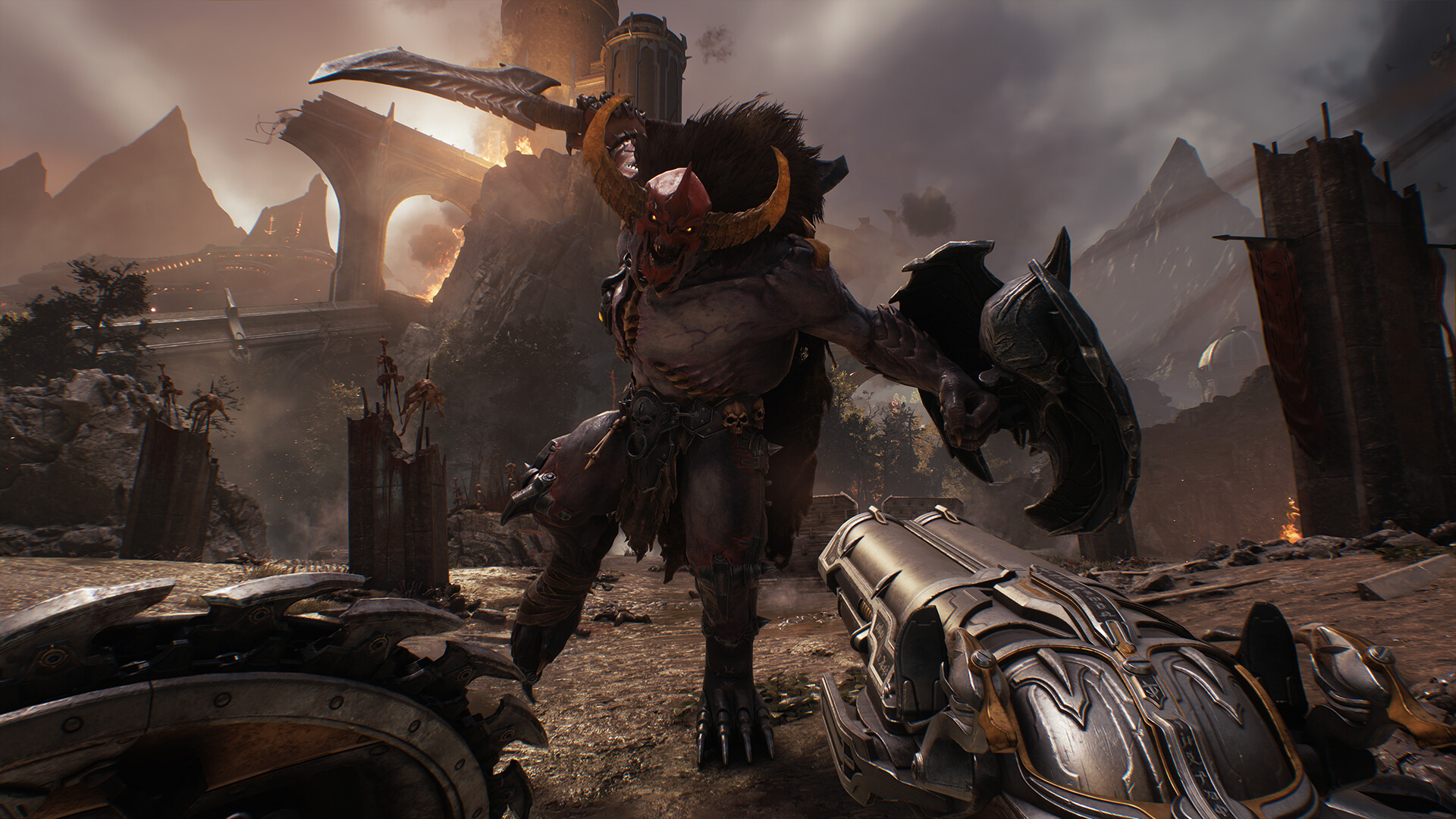The anticipation surrounding Assassin’s Creed Shadows is palpable. Set to release on March 20th, 2025, this latest installment transports players to 16th-century Japan, a period rife with conflict and political intrigue. This setting alone marks a significant departure for the series, fulfilling a long-held desire among fans to explore this iconic historical era. But beyond the captivating backdrop, the question remains: can Shadows truly live up to the legacy of Assassin’s Creed?
From the initial gameplay reveals, it appears Ubisoft is committed to delivering an authentic and immersive experience. The introduction of two distinct protagonists, the shinobi kunoichi Naoe and the samurai Yasuke, offers a compelling narrative dynamic and promises varied gameplay styles. Naoe, with her mastery of stealth and agility, embodies the traditional Assassin archetype. Her ability to utilize shadows for concealment, a first for the series, hints at a return to the franchise’s stealth-focused roots. Imagine the tension of navigating moonlit rooftops, silently eliminating targets under the cover of darkness.
In contrast, Yasuke, based on the real-life African samurai who served Oda Nobunaga, brings a powerful combat-oriented approach. His arsenal of historically accurate weaponry, including katana and the kanabō war club, suggests brutal and impactful melee encounters. This duality allows players to approach missions with different strategies, catering to both stealth enthusiasts and those who prefer direct confrontation. The ability to seamlessly switch between these characters during missions adds another layer of tactical depth, encouraging players to adapt to different scenarios and leverage each character’s unique skills.
The setting of feudal Japan during the Azuchi-Momoyama period (starting in 1579) is meticulously crafted, drawing from historical events and figures. The game features prominent personalities like Oda Nobunaga at the height of his power, alongside other notable figures such as Hattori Hanzo and Akechi Mitsuhide. The narrative delves into the conflict between the Assassin Brotherhood, fighting for peace and liberty, and the Templar Order, seeking control through order. This millennia-old struggle, a cornerstone of the Assassin’s Creed universe, finds a new and exciting stage in Japan.
The open world of Shadows is reportedly comparable in size to Assassin’s Creed Origins, offering a vast and detailed landscape to explore. The dynamic weather system and the progression of seasons will not only impact the visual presentation but also influence gameplay. Imagine navigating frozen landscapes in winter, where water bodies freeze over, or utilizing the cover of long grass and blooming plants during spring for stealth infiltrations. This environmental dynamism promises to keep the gameplay fresh and engaging.
Early previews suggest a refined combat system that emphasizes mixing light, heavy, and posture attacks to create complex combos. The introduction of a “vulnerable state” for enemies after a perfect dodge opens opportunities for devastating counterattacks. Defensively, both Naoe and Yasuke have unique abilities, with Naoe utilizing directional rolls for dodging and Yasuke employing directional steps. While both can parry or deflect attacks, the outcomes differ slightly, reflecting their distinct fighting styles.
Stealth mechanics have also seen significant improvements. The new “Observe” mechanic allows players to quickly identify targets, tag enemies, and locate lootable items. Naoe retains the classic Eagle Vision, enabling her to see enemies behind walls and identify relevant sounds. The combination of Observe and Eagle Vision provides a comprehensive toolkit for planning stealthy approaches. The ability to hide in shadows to become completely invisible to enemies, especially during nighttime, introduces a new level of strategic depth to stealth gameplay.
The narrative appears to be deeply intertwined with historical events. The game begins with Yasuke arriving in Kyoto in 1581 as a bodyguard and Naoe embarking on a mission to recover a stolen artifact. Their paths intertwine as they investigate a mysterious group known as the “Shinbakufu.” The story involves key historical events, such as Nobunaga’s assault on the Iga province, known for its ninja clans. The presence of historical figures and the exploration of real-world conflicts within the Assassin’s Creed framework suggest a narrative that is both engaging and historically grounded.
While the game introduces new mechanics and a fresh setting, it remains rooted in the core tenets of the Assassin’s Creed franchise. The emphasis on stealth, parkour, combat, and a compelling narrative driven by the Assassin-Templar conflict ensures that Shadows feels like a natural evolution of the series. The dual protagonists offer a fresh perspective on this conflict, allowing players to experience the story from two distinct viewpoints with unique gameplay styles.
The developers have emphasized a commitment to historical accuracy, evident in the weaponry, architecture, and the portrayal of historical figures. This dedication to detail should resonate with fans who appreciate the series’ efforts to blend historical settings with fictional narratives.
Based on the information available, Assassin’s Creed Shadows appears poised to not only live up to the series’ name but also to potentially set a new benchmark for future installments. The combination of a highly requested setting, innovative gameplay mechanics with dual protagonists, and a narrative deeply embedded in historical events suggests an experience that is both familiar and fresh. For long-time fans and newcomers alike, Assassin’s Creed Shadows promises a thrilling journey into the heart of feudal Japan, embodying the core elements that have made the franchise a global phenomenon. The question isn’t whether it honors the name, but whether it will redefine it for a new generation.










Add Comment